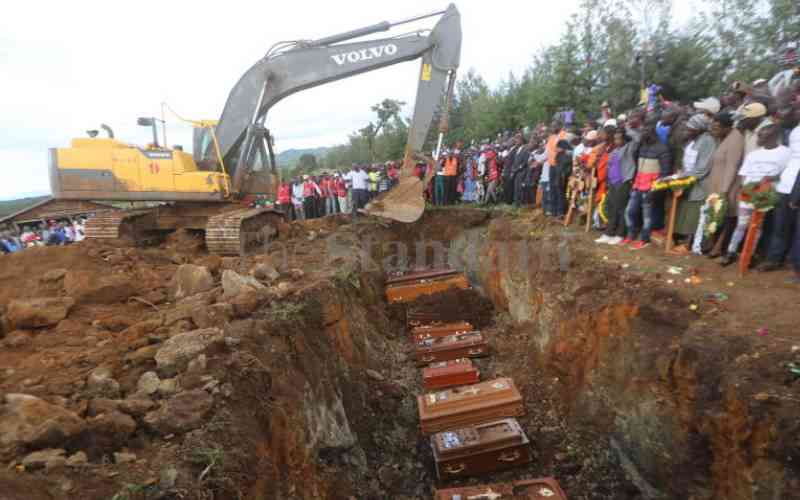×
The Standard e-Paper
Home To Bold Columnists

It was like a scene from a Hollywood disaster movie.
On the evening of May 9, 2018, a dam at the vast Solai Farm located 30 kilometres north of Nakuru City, burst open, releasing millions of gallons of water that killed at least 47 people and displaced many more.